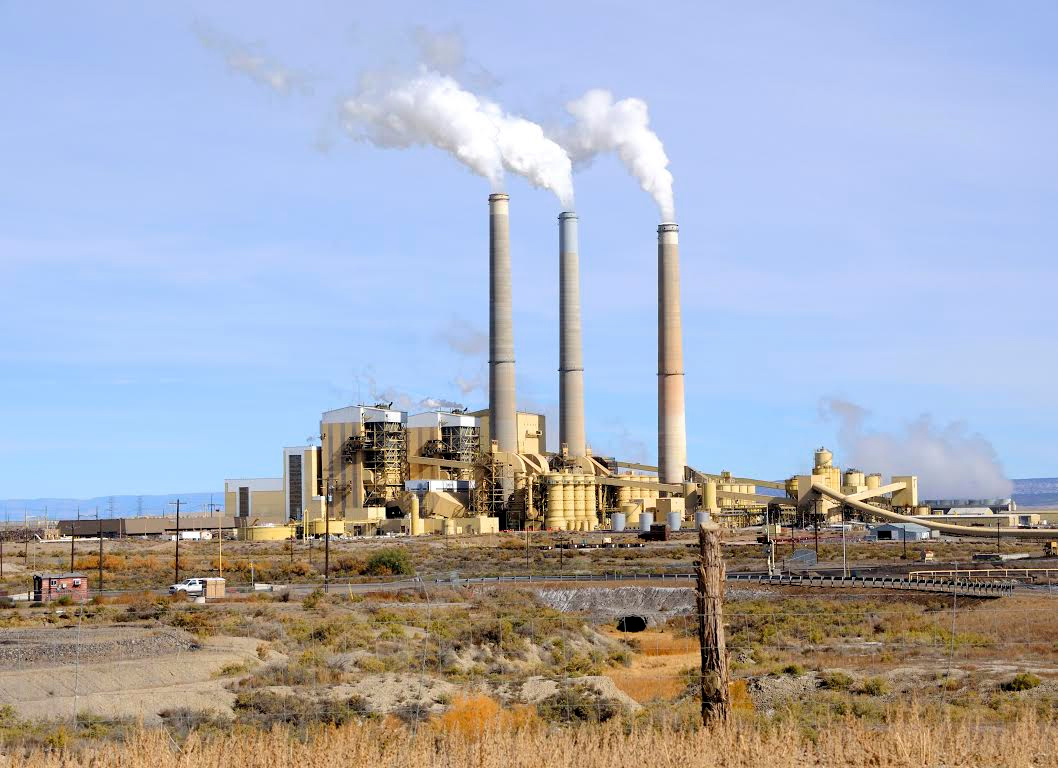If you live in Utah, you may or may not know that our biggest utility, Rocky Mountain Power (RMP), still gets most of its power from coal plants, including two of Utah’s biggest, the Hunter and Huntington plants. Coal plants like these are big polluters that hurt public health and the environment, and they also are becoming too expensive for ratepayers to support.
A new report, written by Dr. Ezra Hausman, Ph.D., and commissioned by the Sierra Club, shows how Rocky Mountain Power’s coal plants are becoming increasingly costly, with a growing risk that these costs will be passed on to customers in the form of rate hikes. The report, called Risks and Opportunities for PacifiCorp in a Carbon Constrained Economy, with an accompanying mini-report focusing on Utah and Rocky Mountain Power, details how PacifiCorp/RMP’s coal plants will continue to require expensive retrofits to meet clean air standards, and are becoming uncompetitive compared with cleaner forms of energy.
This information comes at an important time, as Utah’s Public Service Commission is taking public comment until Aug. 25 on Rocky Mountain Power’s “integrated resource plan.” In its plan, Rocky Mountain Power proposes to continue using coal plants for the next 20 years, with the costs being passed on to customers. This new report contributes some important facts to the debate, including:
- Two of Rocky Mountain Power’s coal plants, Hunter and Huntington, are responsible for more than 40 percent of the nitrous oxide air pollution from Utah’s electric sector. Nitrous oxide emissions add to smog and haze, and contribute to bad air days and poor air quality in Utah, including at Utah’s treasured national parks.
- It could cost more than $1 billion for Rocky Mountain Power to bring its coal fleet into compliance with the highest air quality standards.
- Rocky Mountain Power’s customers face a risk of higher electricity bills once the costs of carbon pollution and the remediation costs from environmental harm created by coal plants are internalized. Coal is already becoming less competitive due to increasing fuel costs and the need to protect public health and the environment.
- Which raises the question: Why should Utahns be asked to pay for these dirty, outdated coal plants for the next 20 years?
But the report is not all bad news. It also goes into Utah’s remarkable clean energy potential. Nationwide, prices for both wind and solar power dropped by more than 60 percent between 2009 and 2013, putting new renewable energy projects increasingly at cost parity with coal and natural gas. Dollar for dollar, investments in clean energy create more jobs in Utah than power plants burning fossil fuels do. And there is effectively no ceiling to Utah’s clean energy development -- the report cites multiple studies showing that Utah’s potential solar, wind, and geothermal resources are more than sufficient to meet the state's power needs.
When we look at other states, we see a national trend of moving away from coal. Coal use has fallen from 44 percent of U.S. power to 30 percent in five years, and coal is no longer our country’s largest source of energy, as it was for decades. More than 200 U.S. coal plants have retired since 2010. At the same time, clean energy prices have dropped sharply; 70 percent of new projects coming online are renewable energy, and some utilities have integrated 30 percent renewables or more into their energy mix without suffering reliability problems. This is a great thing -- it has been estimated that reducing pollution from coal plants has prevented 60,000 asthma attacks and 3,600 deaths each year.
We should welcome Utah’s transition from coal. Rocky Mountain Power has a chance to set out purposefully away from coal and toward cleaner sources of energy. RMP’s polluting coal plants are becoming too expensive to maintain and run, and the price tag for customers, let alone the harm to public health and the environment, is becoming hard to justify. Utahns should seize this opportunity to lessen our dependance on 20th-century fuel sources, diversify our energy mix with modern technology like wind and solar, and create good local jobs in the renewable energy economy. All Utahns should do their part to secure this cleaner energy future by demanding that the Public Service Commission do better than locking us into risky coal plants for the next 20 years.
